You are what you eat — if you know how. Balanced nutrition will see you healthy, happy and full of energy. Food fitness is a balanced, all-rounded approach to food. It is not by avoiding certain food groups or dieting that you get results. Healthy living means eating real, clean food. To get there you introduce it step-by-step. And – before you know it: You are what you eat.
This great guest blog by Dave Smith, a top Canadian Weight-Loss and Fitness Coach, will get you inspired. Dave shares his easy to apply healthier living tips with The GOODista readers, and top 50 healthy food blogs. If you want to read more from Dave, check out his site: Make Your Body Work.
Feel free to comment, share and tell us how you got into healthier foods.
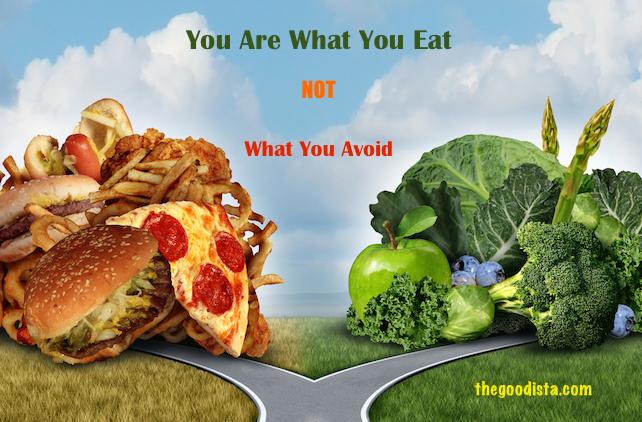
You Are What You Eat and Not What You Avoid Eating. Guest Blog by Top Canadian Fitness Coach Dave Smith on thegoodista.com
You Are What You Eat, Not What You Avoid by Dave Smith
Imagine meeting someone for the first time at a party. As you make typical small talk she asks you what you do for a living. You would never respond by saying, “I’m not a teacher.”
 Or picture coming home from an amazing tropical vacation. You’ve got a great tan and one of your co-workers notices: “Hey, where’d you go on vacation?”
Or picture coming home from an amazing tropical vacation. You’ve got a great tan and one of your co-workers notices: “Hey, where’d you go on vacation?”
“I didn’t go to Mexico.”
Those answers are ridiculous (and socially awkward). When someone asks us a simple question it’s just commonplace to give a positive answer, not an elusive one like the two examples just mentioned.
There is an exception, however. When it comes to defining our diet, we very often describe what we eat in negative terms.
“I don’t eat gluten.”
Or “I cut out all sugar.”
And also “I do my best to avoid all processed foods.”
Another common example is the “vegetarian” label some people choose to describe themselves as. Being a vegetarian sure sound healthy – Don’t they eat only vegetables?
Not so fast.
There’s a new term called “Junk Food Vegetarians” that describes people who claim to be vegetarians but actually don’t eat any vegetables at all. They survive on processed grains like bread and pasta and throw in some cheese and the occasional fruit to round out their diet.
Many vegetarians are in fact “non-meat-eaters”. Their title has nothing at all to do with what they eat.
Why Do We Define Our Eating Habits In The Negative?
Why do so many of us think of our diets this way? And – why is it so important what we don’t eat?
One explanation is a basic human desire to make up rules to follow. Eating a healthy range of foods can be challenging. There are many variables to consider and it takes a conscious effort to choose foods that are most nutritious.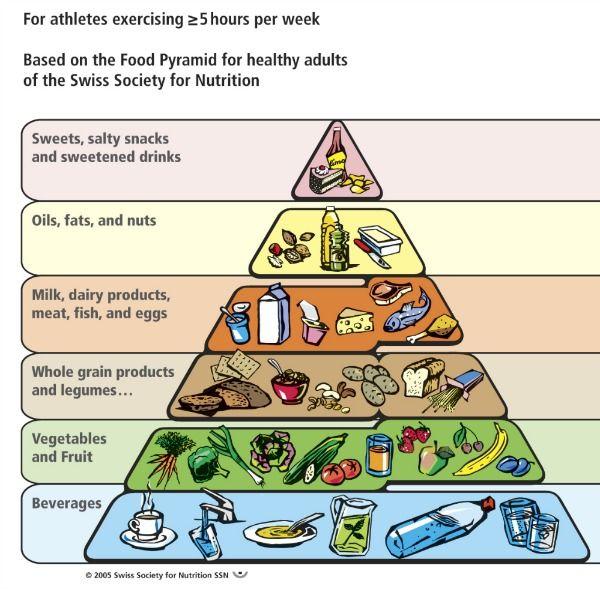
On the other hand, it’s pretty simple to rule out a certain type of food with hopes that this elimination process will lead to a healthier diet. Saying “No” to sugar is simpler than saying “Yes” to a good variety of nutrient-dense fruits and vegetables.
Another factor is media and the business side of the health industry. People generally like learning about bad news more than they do good news. So it’s a popular ploy to demonize a certain food as the next big killer. People flock to sensationally bad stories like this.
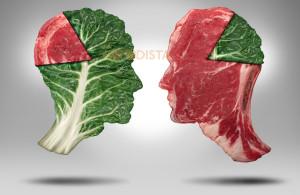 A good example came about in the early 2000’s when the Atkins Diet took the health world by storm. The rules of this diet basically outlawed any carbohydrate-dense foods. Grains were gone. Fruit – gone. Many vegetables – gone.
A good example came about in the early 2000’s when the Atkins Diet took the health world by storm. The rules of this diet basically outlawed any carbohydrate-dense foods. Grains were gone. Fruit – gone. Many vegetables – gone.
It was a great story: “All this time it’s been carbs that have been making everyone fat! Now go grab some cheese and bacon and let’s get skinny!”
At its peak, one in every eleven adults in North America were following the Atkins Diet in an attempt to lose weight. It was simple, it was relatively easy to follow, and it was an engaging piece of health “news” that people couldn’t get enough of.
Unfortunately, people on the Atkins diet and those on many other diets focused on what not to eat without taking too close of a look at what they were eating. It’s no wonder obesity rates have tripled in the last 30 years – We’re too busy avoiding “bad” foods to make sure we’re eating the good ones!
What Do You Really Want to Eat?
There is good news in all of this, however. Creating a healthier diet is easy once you begin to focus on what you are eating each day. Here is a 3-step process to help you include more nutritious foods in your regular meal routine:
- Write It Down
For 3 days write down everything you eat. Be sure to include all food and drinks so that you can get a clear picture of what foods you do tend to choose.
- Add Just One Thing
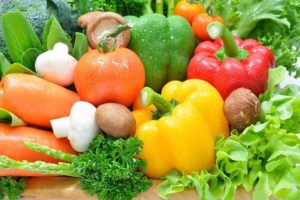 Looking at your 3-day food log, what is one thing you want to start eating? Remember, your goal is to start eating healthier foods, so avoid the temptation to pick those foods you want to eliminate.
Looking at your 3-day food log, what is one thing you want to start eating? Remember, your goal is to start eating healthier foods, so avoid the temptation to pick those foods you want to eliminate.
- Find Something You Like
Deciding to add broccoli to your diet is only helpful if you’ll actually follow through and end up eating it. This can be challenging when you try to add healthy foods that you aren’t used to preparing.
Take advantage of online resources such as the Top 50 Healthy Food Blogs to find healthy meal ideas that include the food you’re looking to incorporate into your diet.
Now you can repeat the process by choosing just one more food to add in the following week, and then find a meal you enjoy that includes that healthy ingredient. Soon your diet will be focused on all the great foods you eat, not the foods you’re trying so hard to avoid.
You Are What You Eat!
The GOODista is so grateful to Dave for sharing his easy to apply tips and resources, and we love the Top 50 Healthy Food Blogs!
Lifestyle changes start with the understanding that they are needed, and a decision to change. Change then asks for choices to be made. Knowing how to choose right isn’t always easy. Looking for inspiration and lifestyle change motivation? Get it here: Feel, Be and Do Good sign up 🙂
Recommended and Related:
- Make Your Body Work – Dave Smith site
- Top 50 Healthy Food Blogs – makeyourbodywork.com
- How To Get A Healthier Life – The GOODista
- Health Is A Habit – Julie Massey
- Food Cravings Goodbye Guide – thegoodista.com
- 45 Tips How To Lead A Healthier Life – Personal Excellence
- Clean Food Revolution: Are You In or Out? – thegoodista.com
- Inspirational Books and DVDs from Amazon

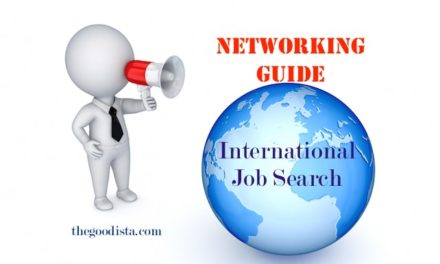


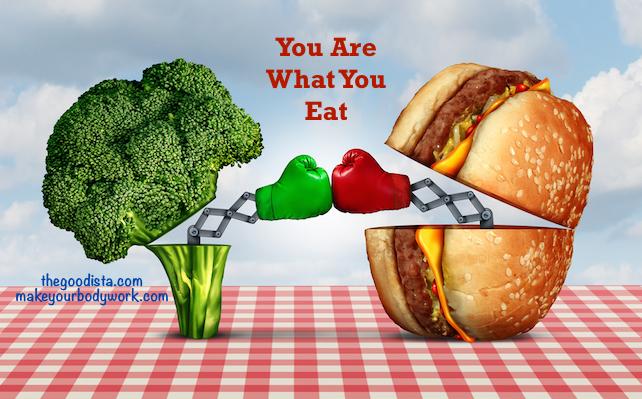
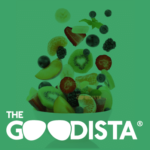
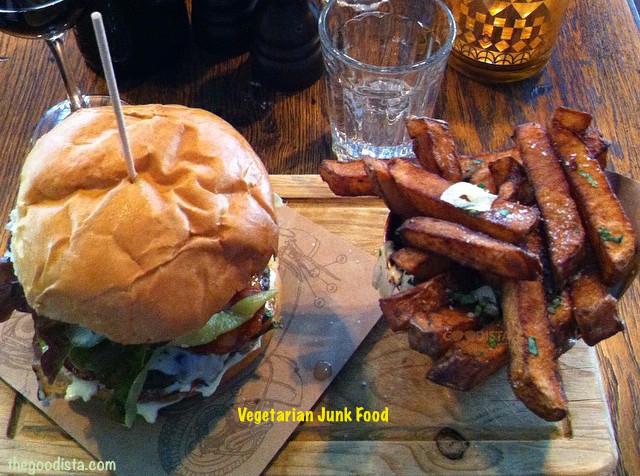















Clear, good advice, and fun too, congratulations!
And then we are all back to what we hopefully once learned, the balanced food pyramid! You know it when you feel it: a balanced meal makes you full of energy and a feeling of wellness!
It great that you like this post by our guest blogger Dave Smith from makeyourbodywork.com. The food pyramid is one way to find balanced nutrition, and you might also appreciate this post: How To Become a Food Groupie and Health Wealthy